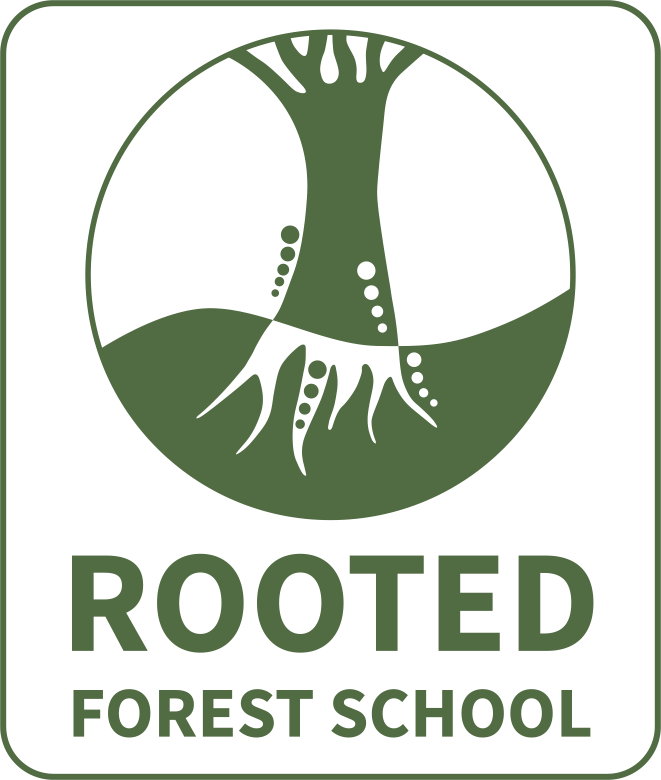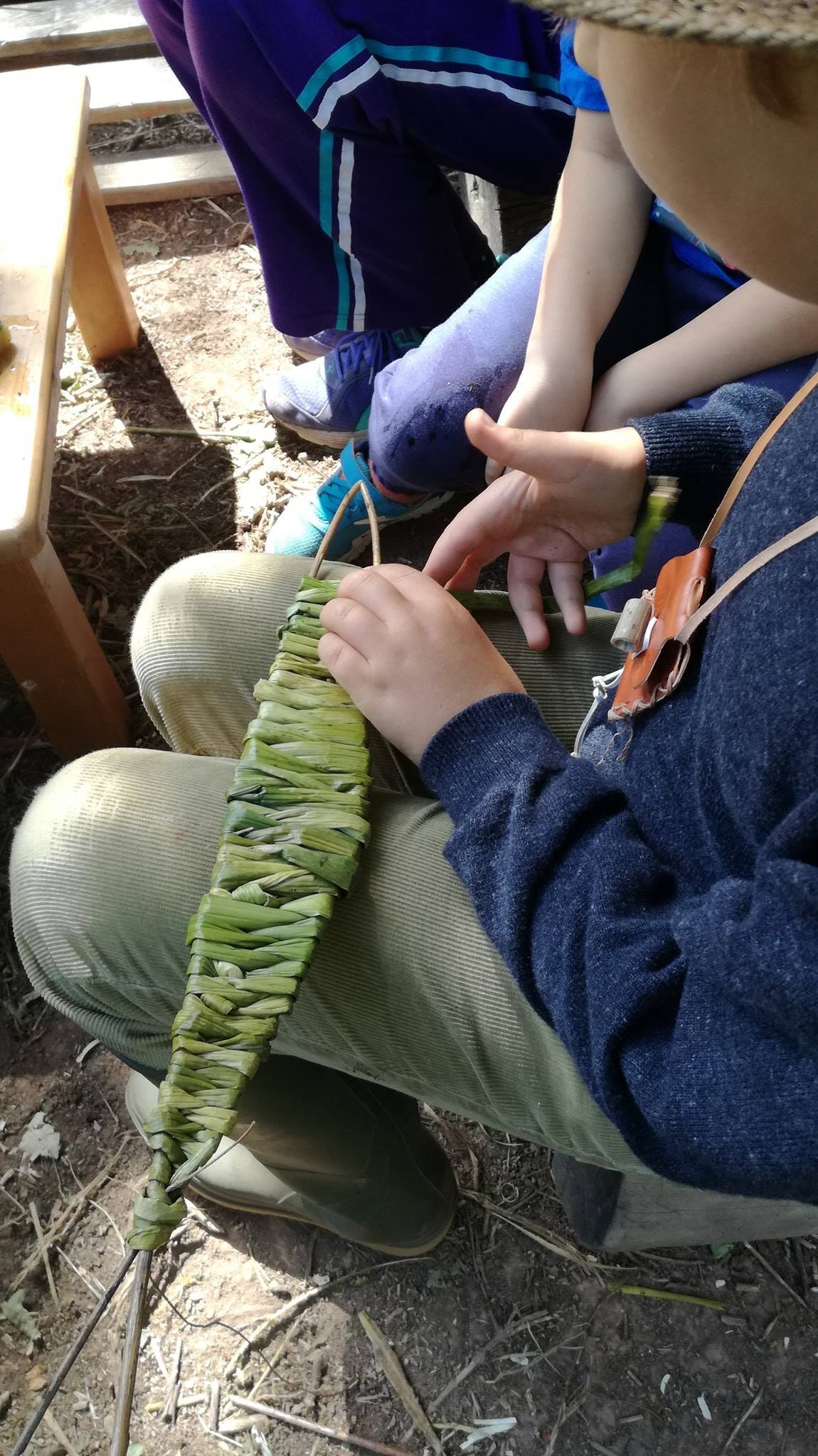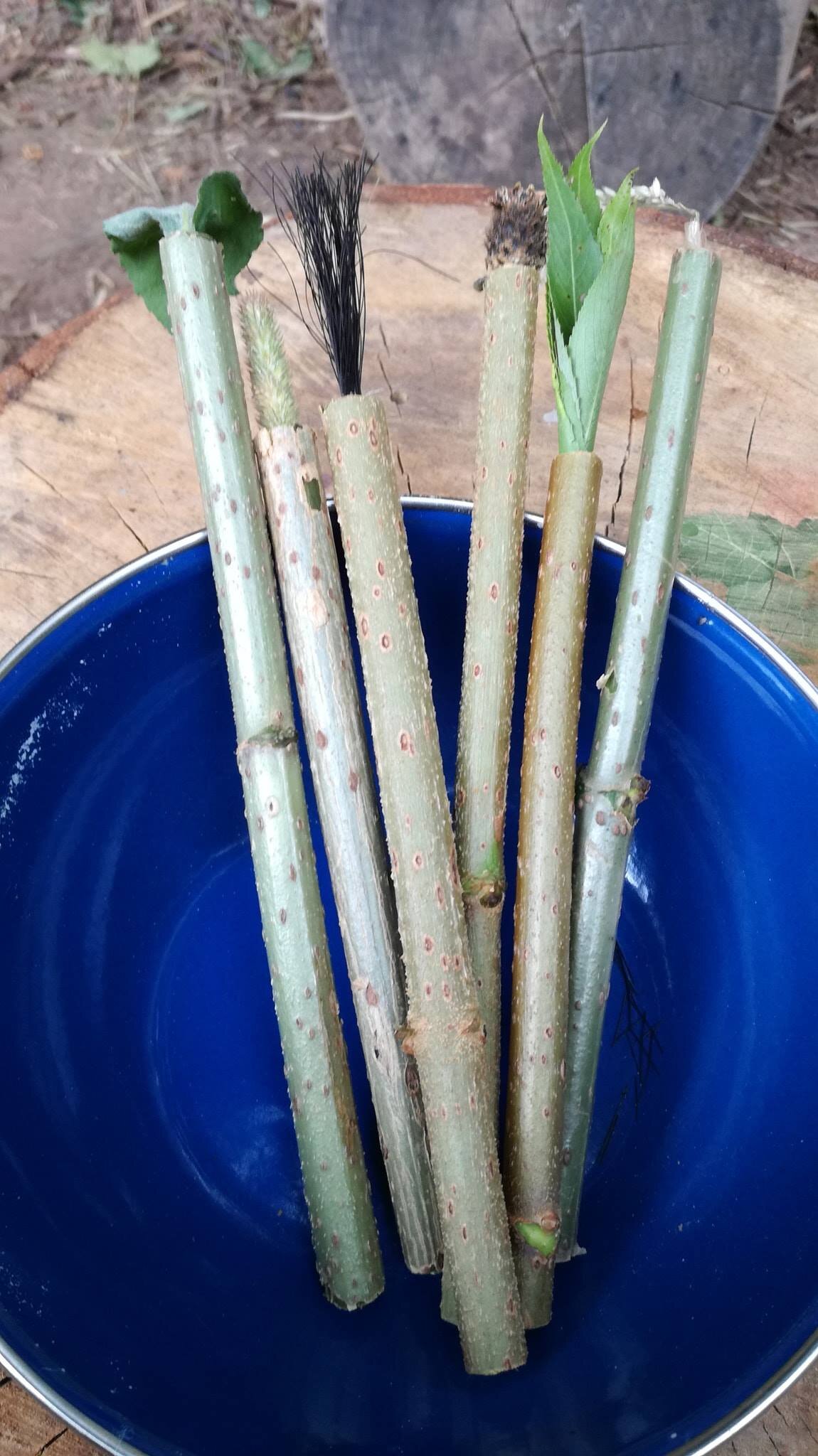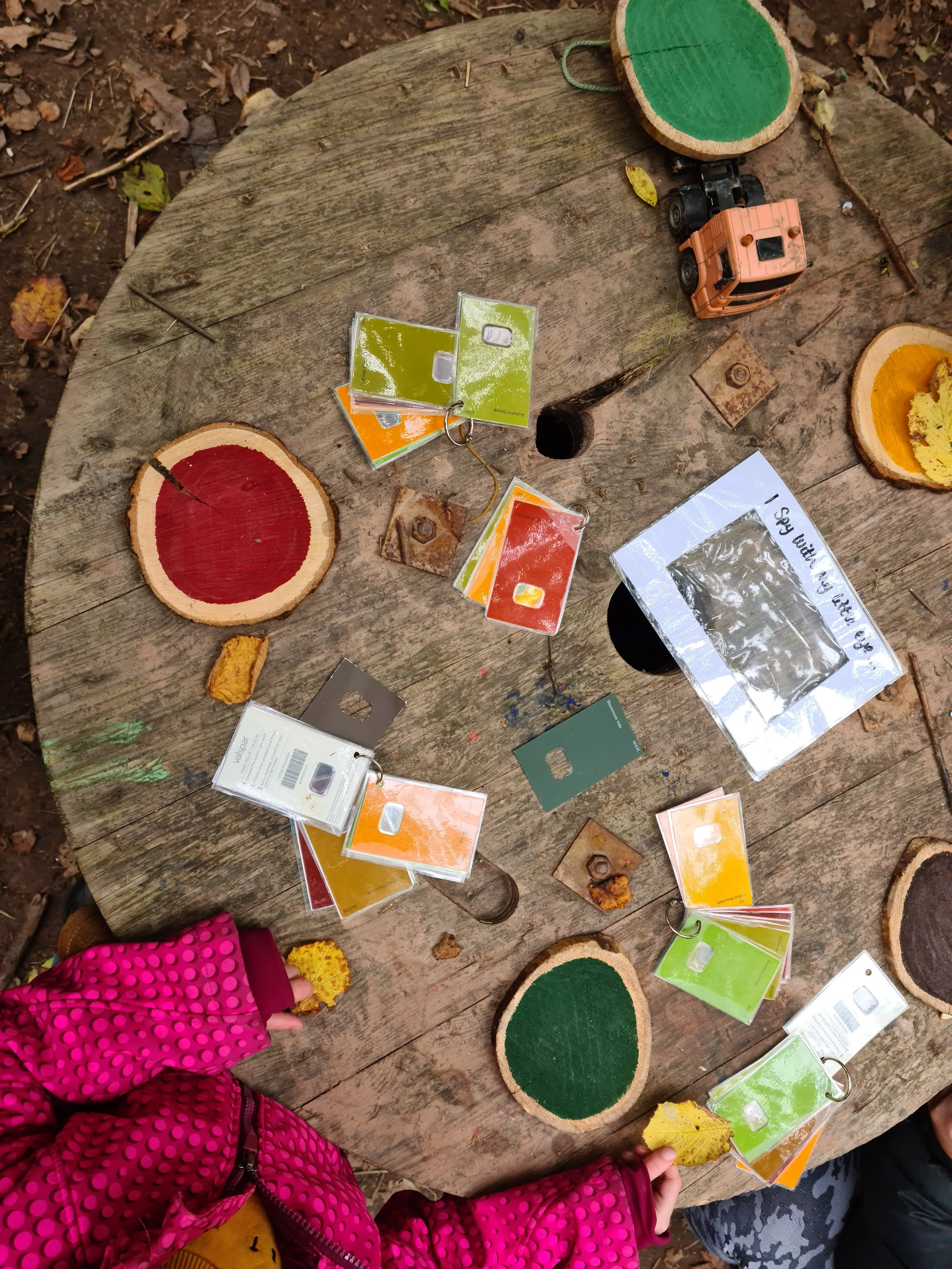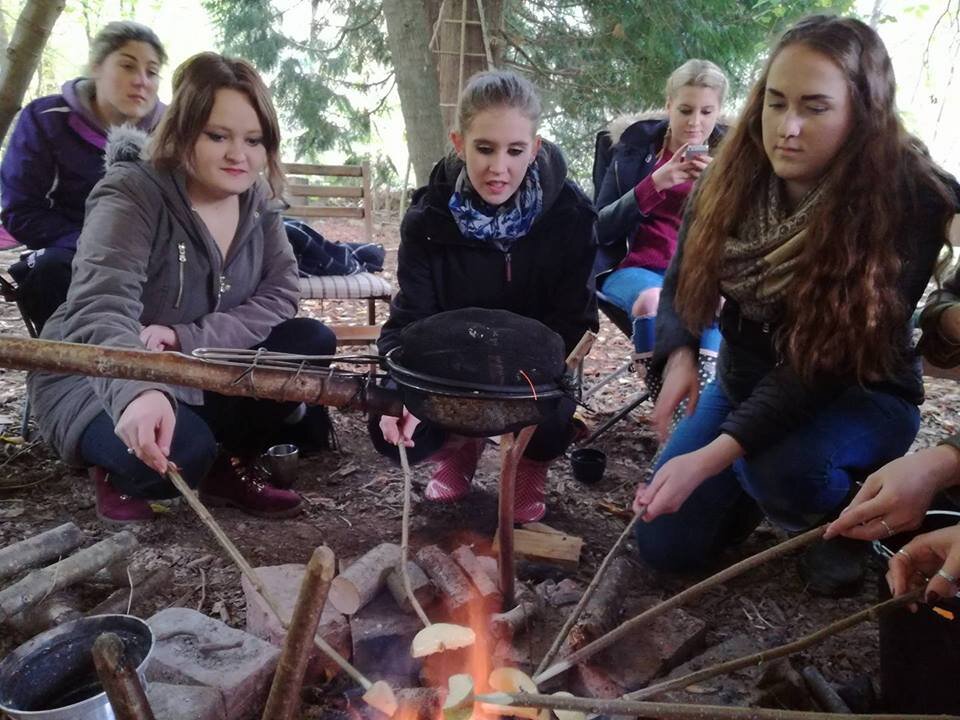What is Forest School?
Forest School is a unique approach to learning outdoors which has grown and developed over the last 20 years in the UK. The idea is based on a range of educational theorists from the past who recognised the benefits of regular and child-centred opportunities for children to engage with the natural world. The modern incarnation of Forest School is based on the Scandinavian model of pre-school outdoor education, where children are encouraged to explore wooded site, take risks and learn skills as diverse as tool use and fire craft. The ethos was picked up by early years settings in the late 90s and training courses soon developed in the UK to meet the rising demand.
In recent years the Forest School Association has been founded to promote quality Forest School provision. Arising from consultation with members, the FSA has defined Forest School with 6 key principals which differentiate it from other types of Outdoor Learning. These are:
Forest School is a long-term process of regular sessions, rather than a one-off or infrequent visit; the cycle of planning, observation, adaptation and review links each session.
Forest School takes place in a woodland or natural environment to support the development of a relationship between the learner and the natural world.
Forest School uses a range of learner-centred processes to create a community for being, development and learning.
Forest School aims to promote the holistic development of all those involved, fostering resilient, confident, independent and creative learners.
Forest School offers learners the opportunity to take supported risks appropriate to the environment and to themselves.
Forest School is run by qualified Forest School practitioners who continuously maintain and develop their professional practice.
When these guidelines are followed, the benefits to children’s physical and mental health, self-confidence, emotional literacy, social skills, self-esteem can be substantial. The practitioner’s role is to observe and support the natural curiosity children have for the world around them, enabling the children to decide what they are interested in and what they want to do. To facilitate this, open-ended resources, such as sticks, collecting vessels, magnifying glasses, water, mud, rope, tarpaulins and stones can be provided, with the children allowed to decide how they want to use them. The very nature of forest sites means that they are already rich in resources to stimulate children’s curiosity, so adding manufactured resources is usually unnecessary.
